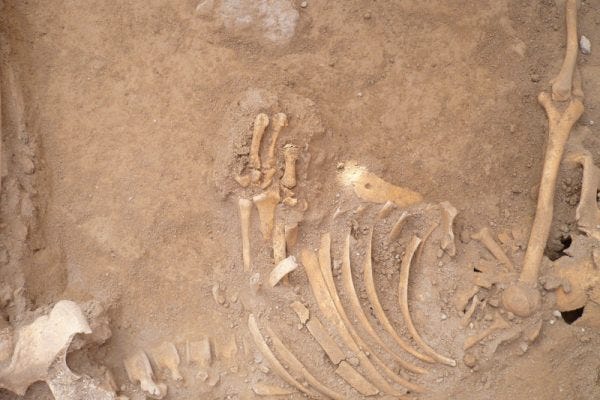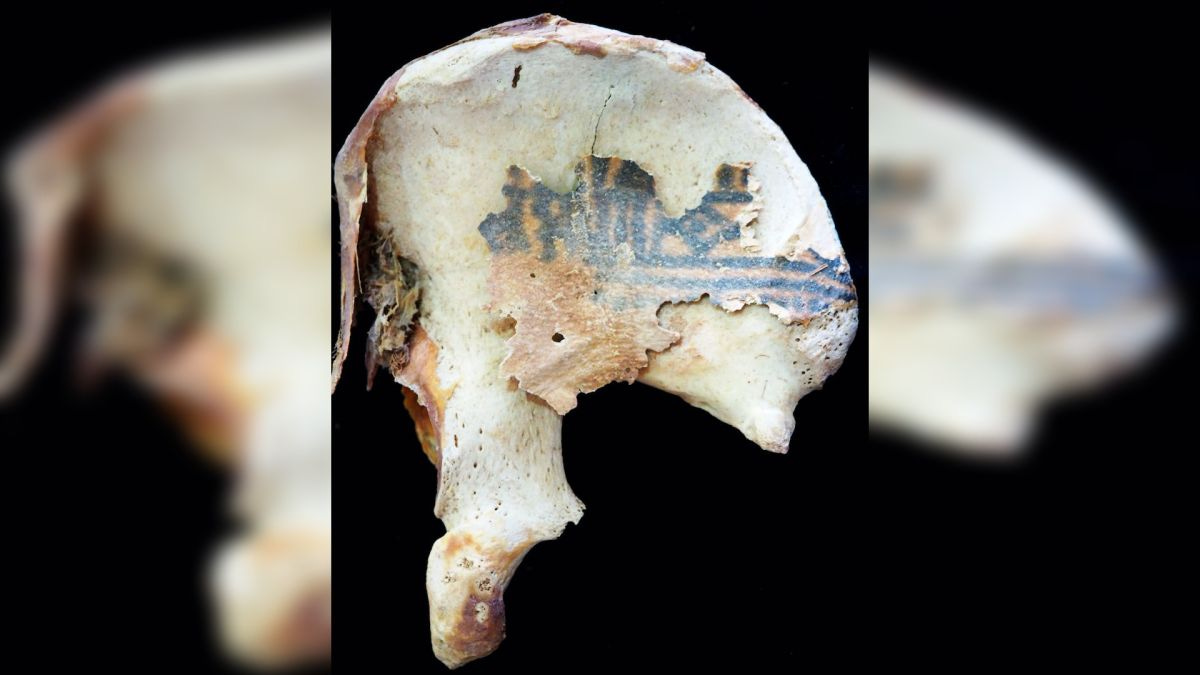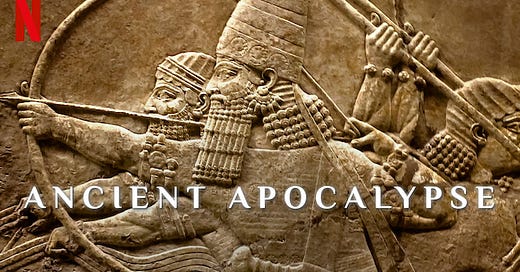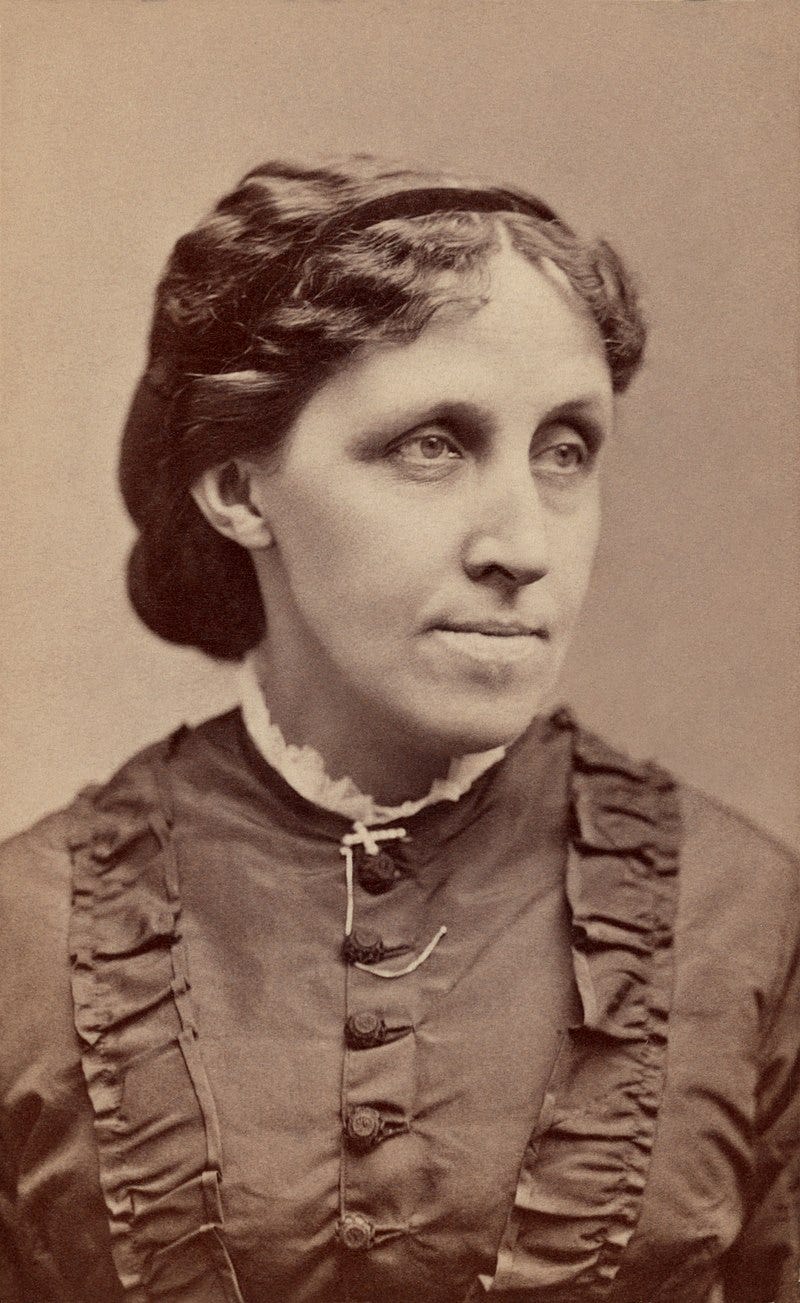Ancient/Now - January 6th
Bogus archaeology, ancient murder, and Egyptian tattoos-- some of our favorites from the past week
Archaeologist argues Netflix’s Ancient Apocalypse should not be dismissed
First of all, we’re SO here for archaeologist David Wengrow’s takedown of Hancock’s ability to develop “self-victimization into a successful publishing strategy.” Writing for The Nation, Wengrow argues that Graham Hancock’s Netflix series Ancient Apocalypse should not simply be debunked by legitimate experts as the CGI-enhanced bullshit it is. Instead, he argues that the academic community needs to acknowledge the ways in which archaeology as a discipline has nurtured unscientific, speculative, and ultimately racist narratives from William Flinders Petrie’s eugenics to Graham Hancock’s alien technology. Archaeologists should resist the urge to debunk and dismiss the series, like most intellectual elites, he argues, and acknowledge archaeology’s long struggle against the myths embedded within its own origins. After all, archaeology is so often used as a social tool, concocting mythologies that define and buoy our nation-states or connecting patriarchies to a constructed epic past cleaned of all wrongdoing.

A Mesopotamian Murder Mystery
While we know that violence and cruelty is as ancient as humanity itself, we don’t often get an archaeological window into a crime scene from the past (though look below for our interview with Dr. Rose Campbell in the Afterlives podcast!). In 2008 an excavation in northeastern Syria at a site known as Tell Mohammed Diyab, archaeologists uncovered an archaeological puzzle suggesting foul play. In a discovery reminiscent of a case Kara and Jordan discussed in an episode on human sacrifice on the Afterlives of Ancient Egypt podcast (Part 1 and Part 2), archaeologists in Syria discovered two bodies that appear to have been haphazardly tossed into a pit, one on top of the other. Both skeletons were complete and in good condition, revealing that they were two males in their twenties. One skeleton had a broken arm and was missing phalanges on one hand and the other was clearly a victim of stabbing, with knife marks left in the sternum and vertebrae.
“Apparently, the person who buried the bodies used an empty pit, probably a reused silo, to discard them and the pit was later covered by the floor of a house, after being filled with soil containing a few small objects. Was all this to conceal murders? And if so, when did they occur?”
Archaeological evidence discovered with the skeletons is scarce, but the burial roughly dates to 1550 BCE. Without clear evidence indicating these bodies were buried after a battle, archaeologists are left with one explanation: murder.
The Ancient History of Eyeglasses
Have you ever found yourself wondering how people in the ancient world got along without some of the basic technologies we take for granted? For instance, how did people with poor vision get by in the past? Kara is as blind as a bat, for instance, and wouldn’t see anything in the ancient world. A recent post on Ancient Origins UNLEASHED got our attention because it explored the topic of eyeglasses from the perspective of the ancient past. There’s nothing like a little historical perspective to inspire gratitude for “the little things” in our lives that really aren’t little at all and improve the quality of life for so many of us!

Protective childbirth tattoos and other ancient Egyptian discoveries that amazed us in 2022
If you were a woman preparing for childbirth in ancient Egypt, you may have gotten a tattoo that you believed would offer protection as you risked death to bring new life into the world. Archaeologists studying mummies from Deir el Medina (near modern-day Luxor, Egypt) discovered six examples of such tattoos—amazing and rare discoveries, since tattoos only survive if the skin of a mummy is preserved. Check out this article and find out the other discoveries that made Live Science’s top ten list of Egyptological discoveries in 2022.
NYT: Louisa May Alcott and the challenge of attributing identity to historical figures
Louisa May Alcott, whose beloved book Little Women still entertains young girls with the story of sisters Meg, Jo, Beth, and Amy over a century after it was written, also wrote about her affinity with manhood in her letters, journals, and other personal papers. In real life, Louisa often went by the masculinized name “Lou;” like Little Women’s “Jo.” As scholars today learn to be more thoughtful and nuanced in their attribution of binary gender identity to people in the past, Alcott’s archival materials provide much discussion about how Alcott should and can be identified. Should Alcott be considered transgender, or is that too modern, even misogynistic because it takes away a female identity so rare in the world of American literature? Let’s remember that the study of history is always contemporary to its historians, thus mixing up the past and present into a complex jumble of perceptions. Perhaps the lesson we can take from Alcott’s complex understanding of her own gender is an appreciation for human identity as dynamic and multi-faceted, recognizing the beauty in that complexity.
“We can all recognize Lou Alcott in many different ways,” said Dr. Stryker. “We don’t have to turn it into a pissing contest or a turf war.”
UC Graduate student workers end strike, ratify labor agreement
The almost two month long Graduate student worker strike is officially offer. Union members voted to ratify the contract proposed by UCOP. Many graduate students are still unhappy with the contract, which gave wage increases but fell short on many other important issues, like childcare benefits and non-resident tuition coverage. And many are worried that the temporary teaching budgets won’t be raised at all, resulting in a loss of TAships across the board. As all these issues sort themselves out in the year to come, the UC strike will hopefully encourage workers to unionize across the nation and establishes a solid base of guaranteed rights. It’s not gonna work unless we all do it…
Interested in the history of worker’s strikes? Did you know the first strike in history took place in 20th Dynasty Egypt during the reign of Ramses III? Read about it in the Turin Strike Papyrus.









